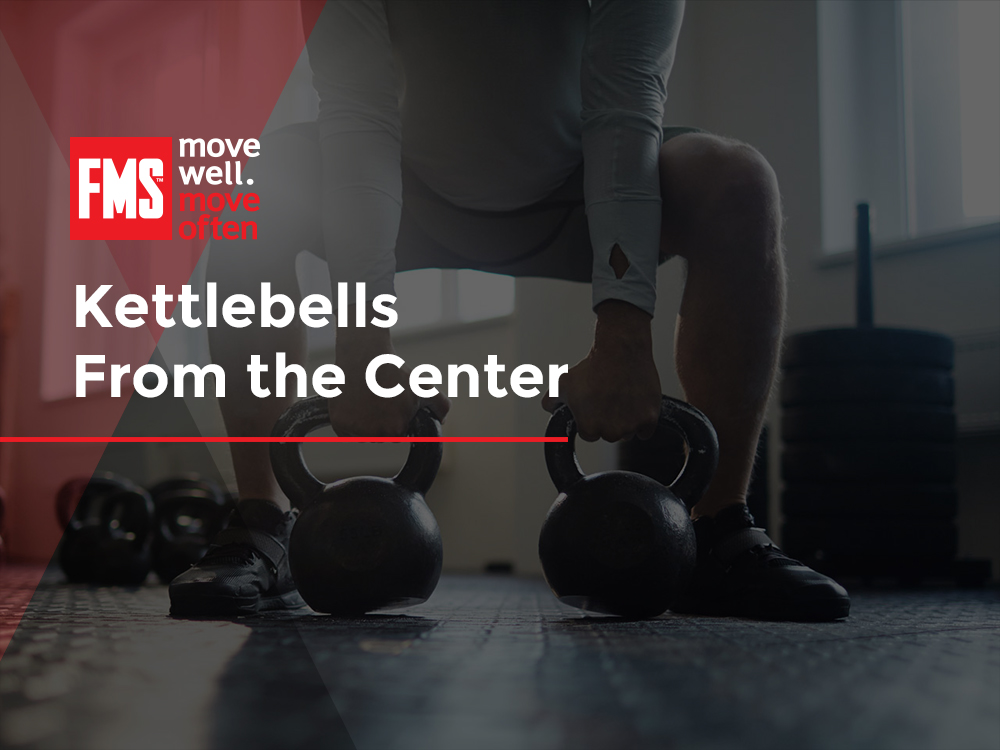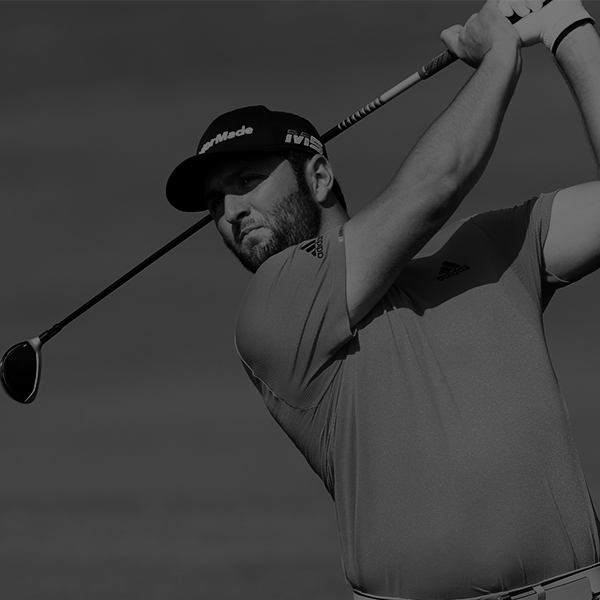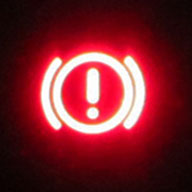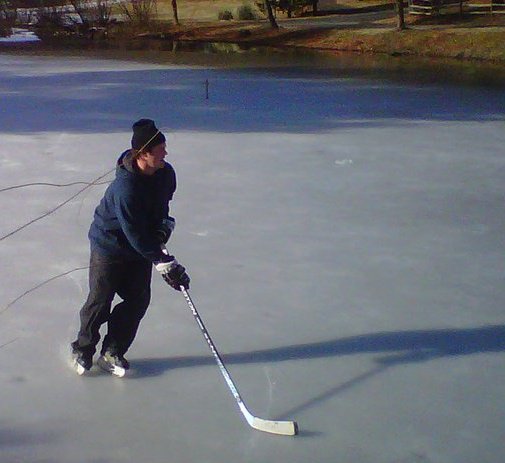Maintain the Squat, Train the Deadlift
Written by Kyle Barrow FMS
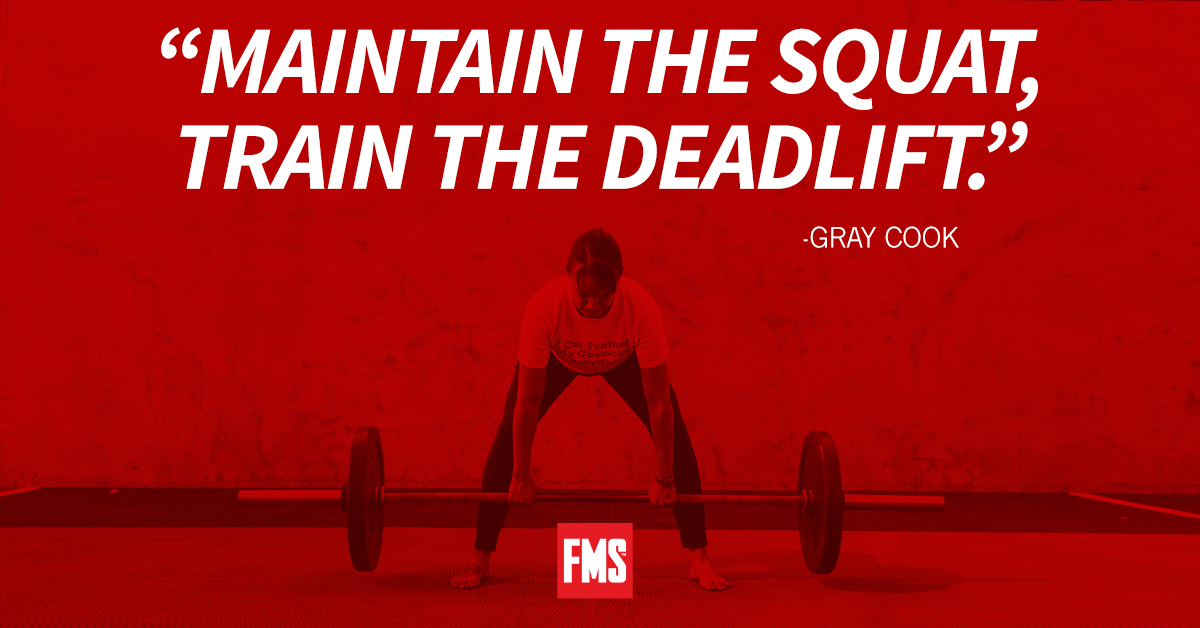
What Gray is alluding to is quite simple and comes down to risk vs reward and fundamental movement. We believe that the deadlift is a superior pattern to load than the squat. Now, we are not saying you shouldn't load squat or you get no benefits. But, the Deadlift is favored over squat when evaluating risk vs. reward for most people. Lets get back to the basics...
Fundamental Patterns
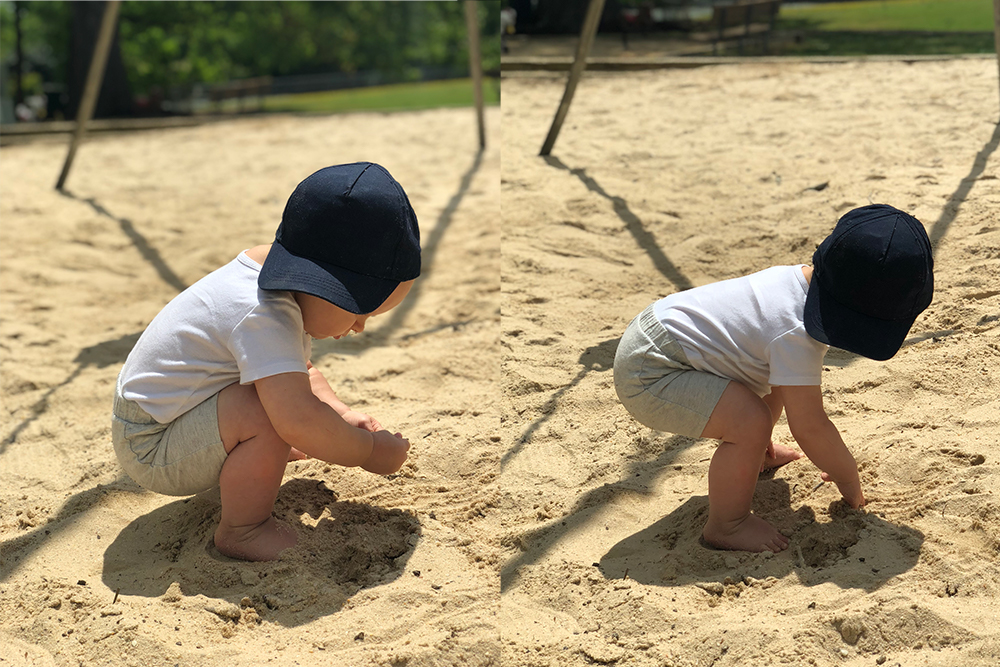
Squat Vs Deadlift
Below Gray Cook describes the efficiency of movement in both the squat and deadlift using the analogy of a coiled spring. The coiled spring represents the loading of the body through movement, where efficient positioning drives the power required for lifting.
Many people familiar with weight training do not understand or use deadlifting as a primary lifting and movement exercise. They either perform it incorrectly, doing something between a squat and deadlift, or they have subscribed to misinformation that promotes the concept that deadlifting will injure the back, and so they avoid it altogether.
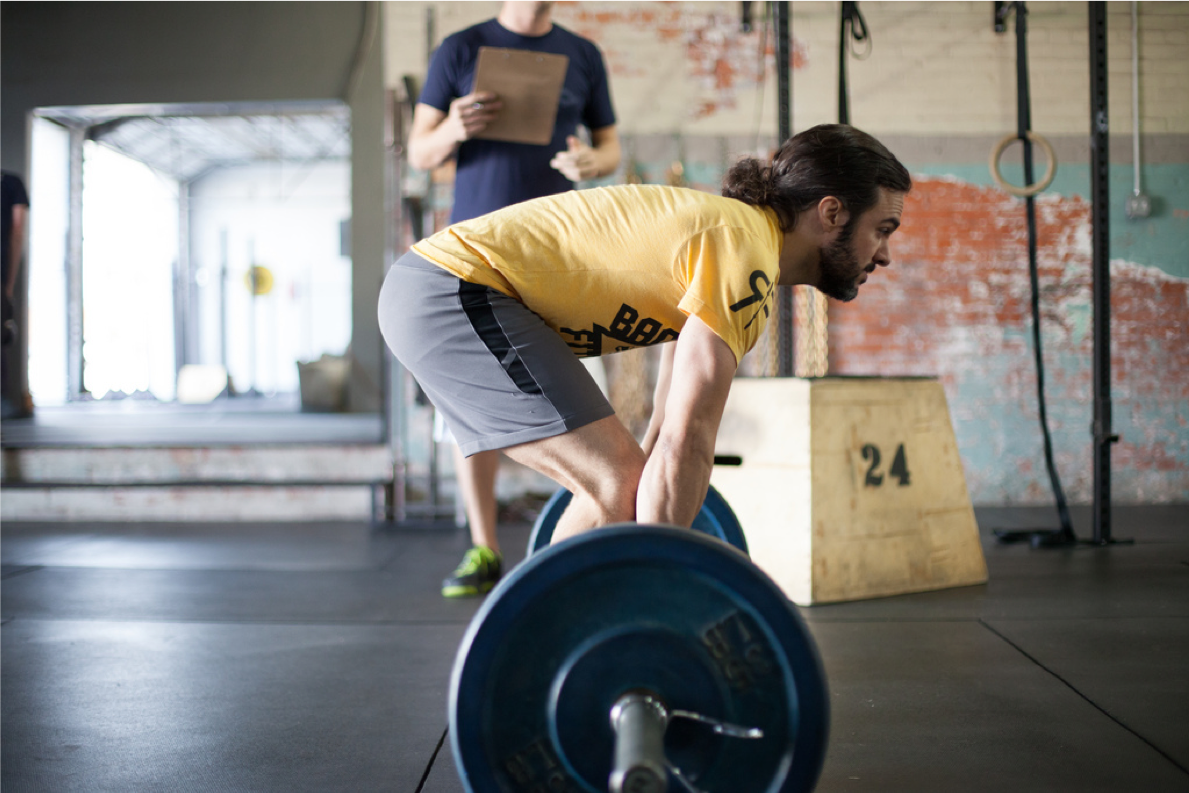
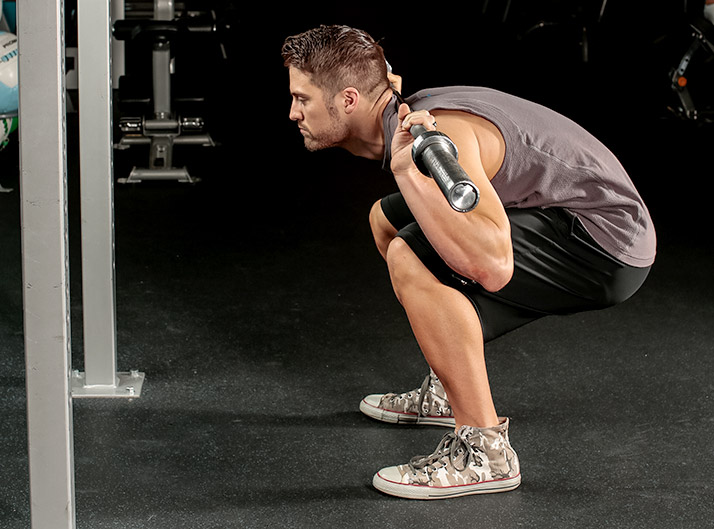
Instead, use the opportunity to present the deadlift as the most fundamental, natural and authentic way to move something heavy in a safe and effective way.
If you are looking to introduce or improve your Kettlebell skills, Kettlebells from the center is a great resource that focuses on the fundamental principles of kettlebell training. You'll learn techniques such as the hip hinge, single and double arm swings, squatting and pressing. If you are a certified member of FMS, you receive this course for free as part of their archives benefit.
Deadlifting also provides protection for those who have misused or injured their backs. Deadlifting is part of many back rehabilitation cases because of its both therapeutic and protective qualities. Obviously, we treat the underlying causes of the many back problems we encounter first; however when the condition is stable, we bring the exercise into the mix.
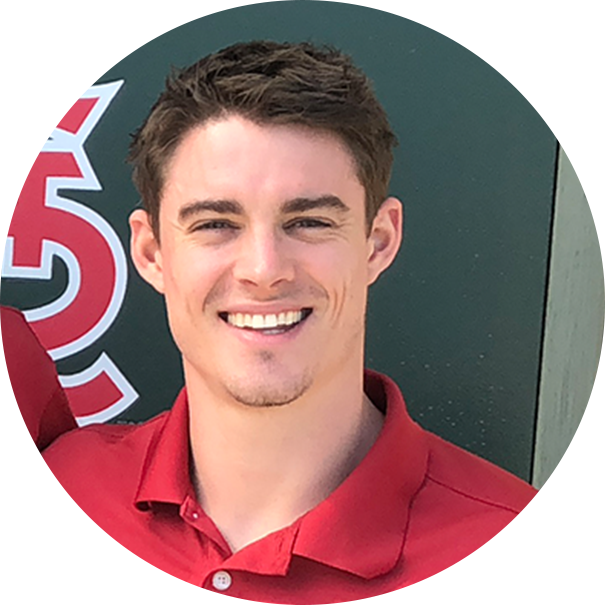 Kyle is the content/marketing specialist and assistant instructor for FMS. He is a certified Athletic Trainer and Strength and Conditioning Coach.
Kyle is the content/marketing specialist and assistant instructor for FMS. He is a certified Athletic Trainer and Strength and Conditioning Coach.

